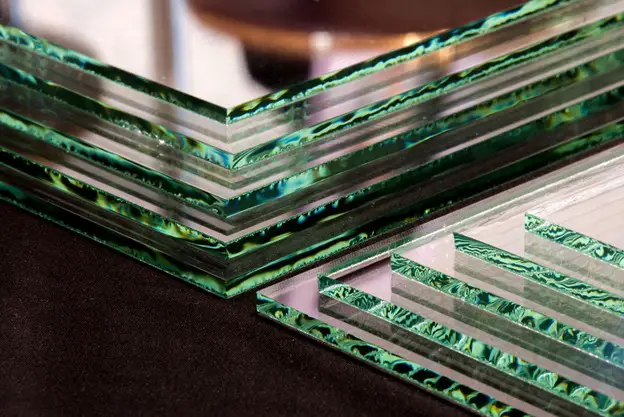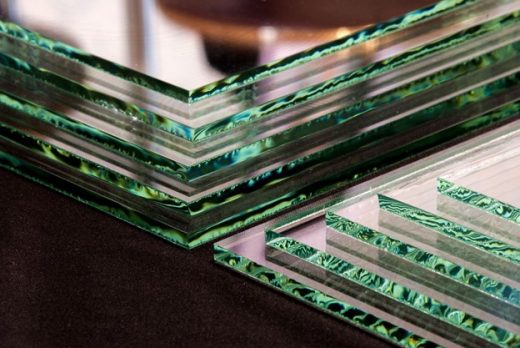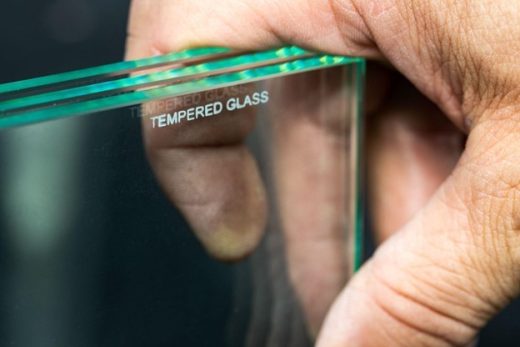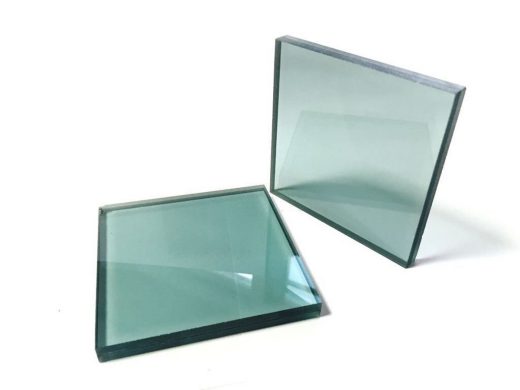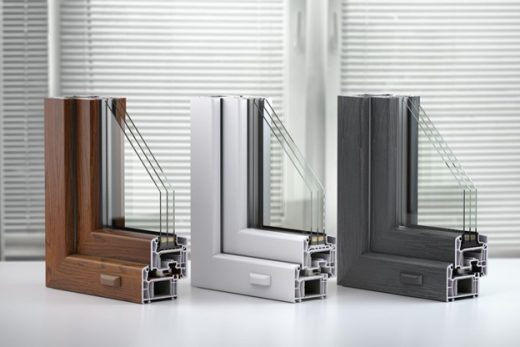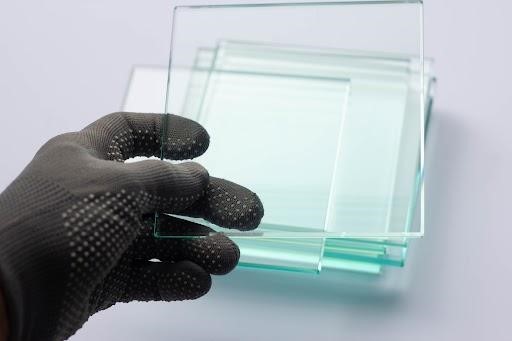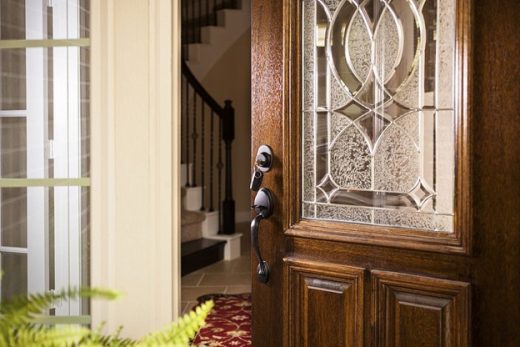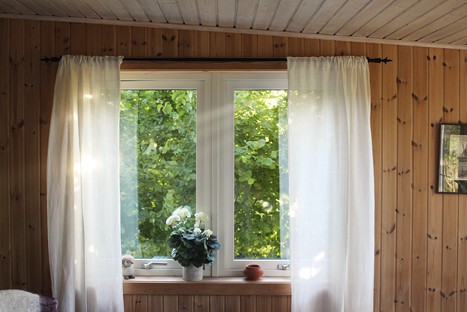Types of glass in construction for homes, Durable window glazing, Real estate fenestration
Types of Glass in Construction: Uses, Properties, and More!
28 June 2024
Imagine a world where glass is not just a transparent barrier but a dynamic, multifunctional material shaping the buildings of the future. Glass is a versatile and essential material in construction, offering a range of properties and uses that enhance the functionality and aesthetics of modern buildings.
In this article, we will discuss different types of glass that are used in the construction of residential and commercial buildings. We will also discuss the things that make them distinct from each other and their applications too. For reliable and quality glass products, consider reaching out to reputable wholesale glass suppliers to meet your construction needs.
Float Glass
Float glass, the most basic form of glass used in construction, is created through the float process, where molten glass is floated on a bed of molten tin. This method produces a uniform thickness and smooth surfaces on both sides.
Key Properties of Float Glass
- Known for its clarity
- Uniform thickness
- Smooth surfaces
- Available in various thicknesses (2mm to 19mm)
- Can be cut, drilled, and processed into different shapes and sizes
Common Applications of Float Glass in Construction
- Windows
- Facades
- Interior Partitions
Its clarity and uniform thickness make it ideal for applications where both aesthetics and functionality are important.
Benefits of Using Float Glass in Buildings
Float glass provides excellent optical clarity, allowing maximum light transmission and enhancing the visual appeal of buildings. It is also relatively inexpensive, making it a cost-effective choice for many construction projects.
Tempered Glass
Tempered glass is a type of safety glass that undergoes a controlled thermal treatment process. The glass is heated to over 600 degrees Celsius and then rapidly cooled, which increases its strength compared to regular glass.
Key Properties of Tempered Glass
- Significantly stronger than standard float glass
- Shatters into small, blunt pieces when broken, reducing the risk of injury
- Ideal for use in locations where safety is a concern
Common Applications in Construction
- Doors
- Windows
- Shower Enclosures
- Storefronts
Its strength and safety features comply with building codes and safety regulations, making it a preferred choice in these applications.
Safety Benefits and Compliance With Building Codes
The enhanced strength and safe breakage pattern of tempered glass make it compliant with various building codes and standards, ensuring both safety and durability in construction projects.
Laminated Glass
Laminated glass is made by bonding two or more layers of glass with an interlayer, typically made of polyvinyl butyral (PVB). The lamination process involves heat and pressure, resulting in a single, durable glass unit.
Key Properties of Laminated Glass
- Known for its safety features
- Interlayer holds the glass pieces together even when broken
- Provides excellent sound insulation
- Blocks harmful UV rays
Laminated Glass Common Applications in Construction
- Skylights
- Facades
- Safety Barriers
Its ability to withstand impact and provide safety makes it ideal for these applications, ensuring both protection and durability.
Benefits of Laminated Glass in Impact Resistance and UV Protection
Laminated glass offers high impact resistance, making it suitable for areas prone to extreme weather conditions or potential break-ins. Additionally, it blocks up to 99% of UV rays, protecting interiors from sun damage.
Insulated Glass Units (IGUs)
Insulated Glass Units (IGUs) consist of two or more glass panes separated by a spacer and sealed to create a single unit. The space between the panes is filled with air or gas to enhance insulation.
Key Properties of IGUs
- Provide excellent thermal insulation
- Reduce heat transfer between the interior and exterior of buildings
- Help maintain indoor temperatures
- Improve energy efficiency
IGUs Common Applications in Construction
- Windows
- Curtain Walls
- Energy Efficient Buildings
They help in reducing energy consumption by maintaining stable indoor temperatures and improving overall comfort.
Benefits for Energy Savings and Indoor Comfort
The thermal insulation properties of IGUs result in significant energy savings by reducing the need for heating and cooling. They also contribute to improved indoor comfort by minimizing temperature fluctuations.
Low-E Glass
LowE (low-emissivity) glass has a special coating that reflects infrared and ultraviolet light while allowing visible light to pass through. This coating enhances the thermal performance of the glass.
Key Properties of Low-E Glass
- Improves thermal performance
- Reflects heat back into the building in winter
- Keeps the heat out in summer
- Blocks harmful UV rays
- Protects interiors from fading and damage
Low-E Glass Common Applications in Construction
- Energy Efficient Windows
- Facades
Its ability to regulate indoor temperatures makes it a popular choice for modern, sustainable buildings.
Benefits of Reducing Heating and Cooling Costs
By improving thermal performance, Low-E glass reduces the need for heating and cooling, leading to lower energy bills and a smaller carbon footprint. It enhances both energy efficiency and comfort in buildings.
Smart Glass
Smart glass, also known as switchable glass, can change its properties based on external stimuli like light, heat, or electricity. Types of smart glass include electrochromic, photochromic, and thermochromic glass.
Key Properties of Smart Glass
- Offers dynamic control over light and heat transmission
- Provides privacy
- Enhances energy efficiency
- Can switch from transparent to opaque
- Adaptable to application and user requirements
Smart Glass Common Applications in Construction
- Dynamic Windows
- Partitions
- Skylights
Its ability to change transparency on demand makes it ideal for applications requiring privacy, glare reduction, and energy management.
Benefits for Privacy, Energy Efficiency, and Comfort
Smart glass enhances privacy without the need for blinds or curtains. It also improves energy efficiency by controlling solar gain, contributing to a comfortable indoor environment while reducing energy costs.
Decorative Glass
Decorative glass includes various types like etched, frosted, and stained glass, each offering unique aesthetic properties. These types of glass are used to enhance the visual appeal of spaces.
Key Properties of Decorative Glass
- Elevates the aesthetic beauty of the property
- Comes in subtle textures, vibrant colors, and intricate designs
- Allows for creative expression in architectural and interior design
Decorative Glass Common Applications in Construction
- Widely used in interior design
- Partitions
- Facades
Its aesthetic appeal enhances the overall look of spaces, creating unique and visually striking environments.
Benefits of Enhancing Aesthetics and Creating Unique Spaces
Decorative glass adds beauty and elegance to buildings, allowing designers to create distinctive and personalized spaces. Its versatility and visual impact make it a popular choice in modern architecture.
Types of glass in construction Conclusion
In conclusion, the various types of glass used in construction each offer unique properties and benefits that enhance the functionality, safety, and aesthetics of buildings. From the basic float glass to the advanced smart glass, each type serves specific purposes, contributing to the overall performance and appeal of modern structures.
Architects, builders, and developers should explore these different types of glass to enhance their projects and create innovative, sustainable, and visually stunning buildings. For reliable and quality glass products, consider reaching out to reputable wholesale glass suppliers to meet your construction needs.
Comments on guide to Types of glass in construction article are welcome.
Windows
Windows Posts
How to choose best casement windows for your house
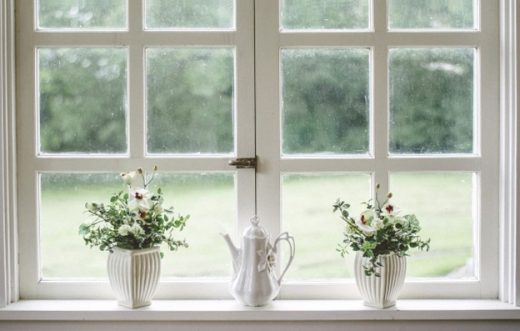
7 reasons why you should replace your old glass windows
Residential Property Articles
Contemporary Property Articles – architectural selection below:
Comments / photos for Types of glass in construction page welcome.

